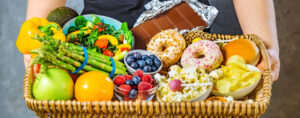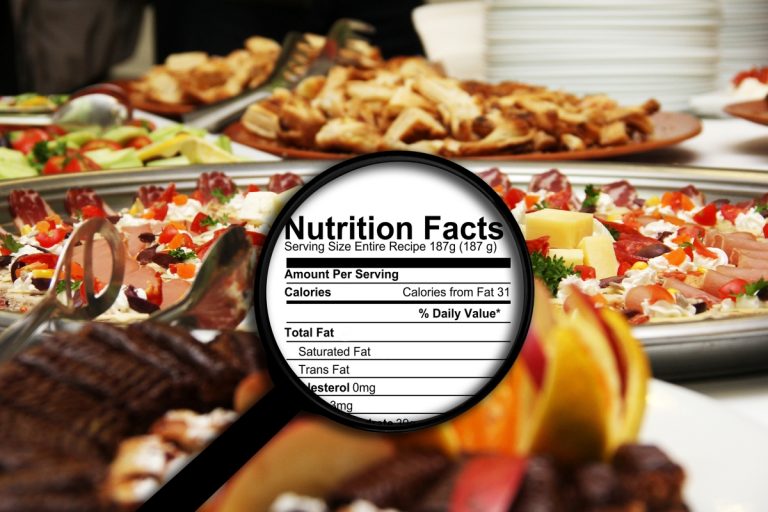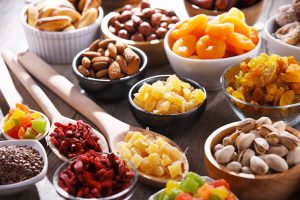
Why Should I Keep a Food Log?
Why start a food log? Let’s get real here. Most people do not want to track what they eat. It

The old saying goes, that you are what you eat. What does that really mean? It means that the food we eat plays a significant role in every aspect of our health: skeletal structure, energy level and mental acuity, body composition, and our ability to prevent and recover from illness and injury. If you want to make changes in any of those areas, logging what you eat is a great place to start!
A food log is simply a means of tracking what you eat, the amount and the frequency. There are plenty of apps to help you do so, quickly and easily. My top recommendation is Macros. I use it personally as well as professionally with each of my clients. It’s very user friendly, can be used as both a food tracker and meal planner, and presents a clutter-free layout. It also offers a variety of ways to analyze what you are eating. What’s more, the basic version is free, and the premium version is a bargain at just around $20 a year. Ultimately, even writing your foods down on paper is a great place to start. Just a few days of data is likely to mirror how you eat on a regular basis, and can help identify areas for improvement. Here are five ways in which logging what you eat can help you improve your health.
After just few weeks of tracking what you eat, you’ll likely find yourself reading food labels, reaching for new, healthier options at the grocery store and making small changes in your eating habits. And long term changes start with those small steps!
If you’d like to learn more about food logging and how to get started, consider signing up for a one-time Small Bites Session or a monthly Infusions package @ www.eatingwithintent.com !

Why start a food log? Let’s get real here. Most people do not want to track what they eat. It

The #1 thing you should do right now, if you want to lose weight – and keep it off! If

Quick & Easy Chia Gel and Peach Smoothie When you’re short on time, but need a quick pick me up

Five simple ways to eat healthier Are you looking for simple ways to eat healthier? Would you like to lose